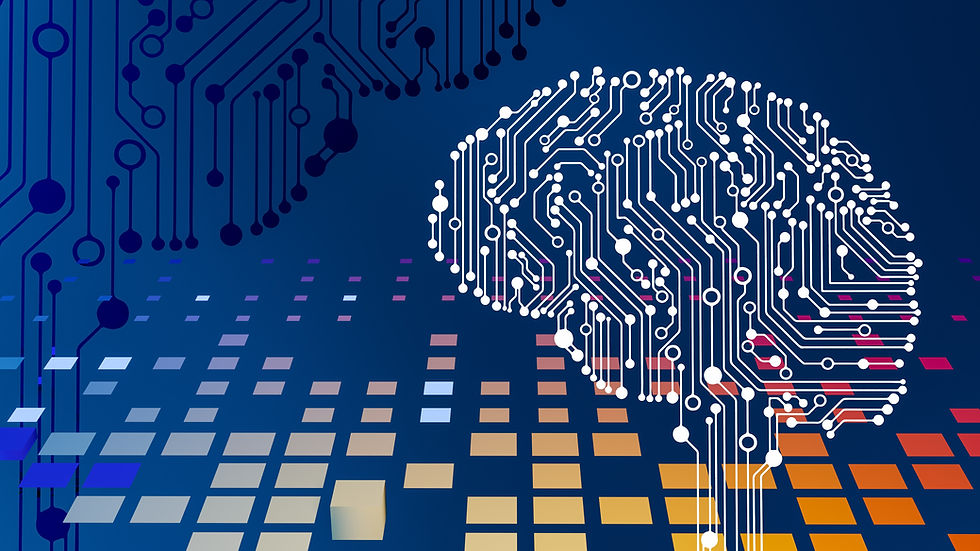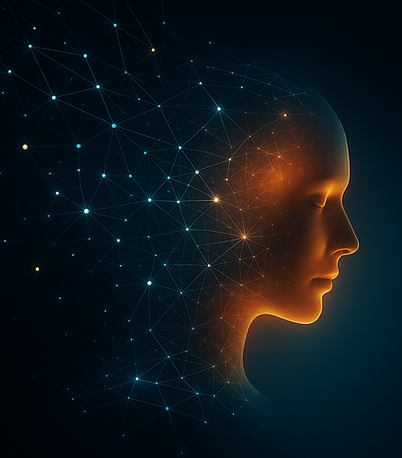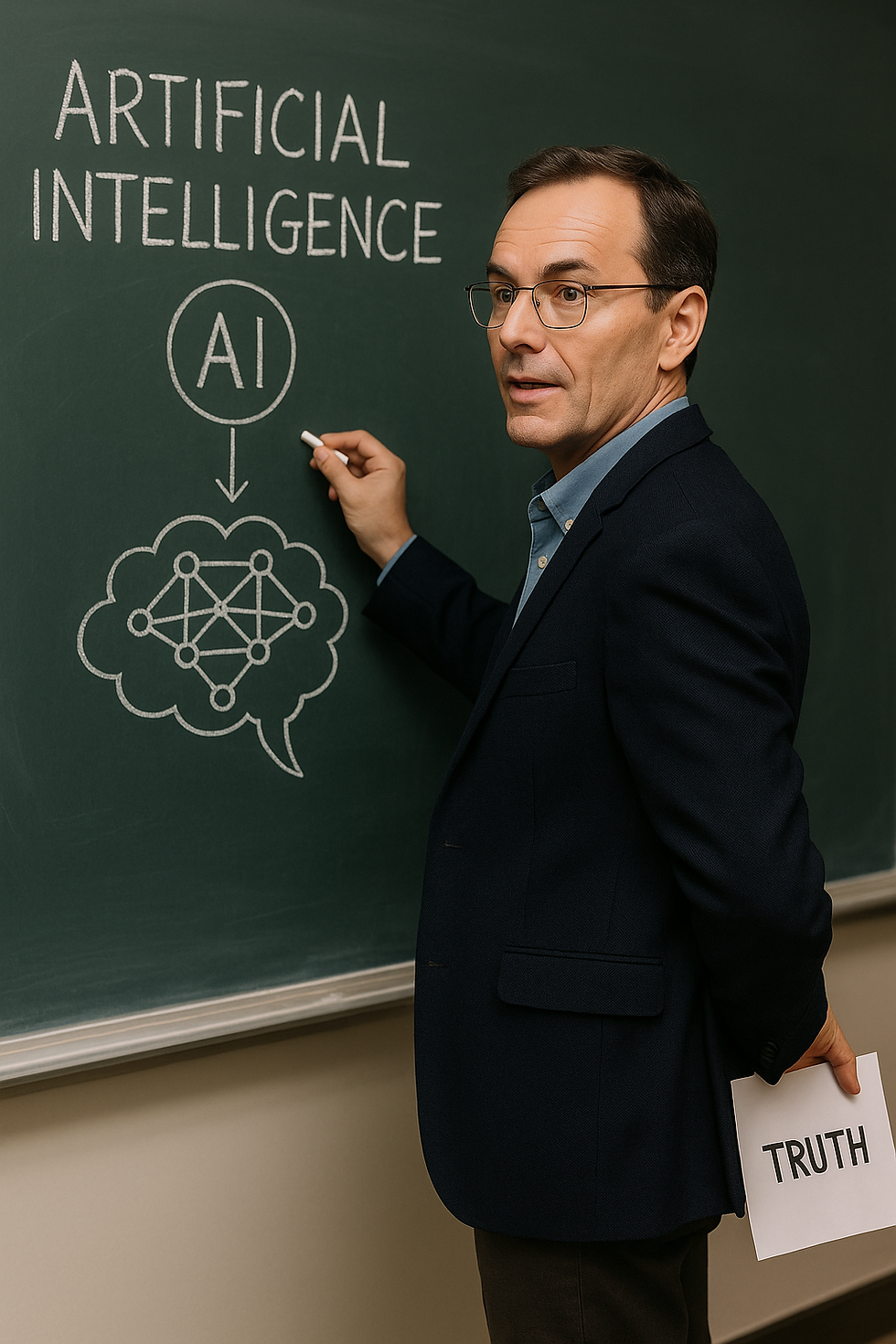Human-Like Memory: A Solution to LLM Hallucinations
- mvaleadvocate
- May 15
- 2 min read

AI "hallucinations"—instances where AI confidently provides incorrect or misleading information—occur largely because of memory limitations. Humans rarely hallucinate information because our brains constantly reference a structured and dynamic memory network that grounds our responses in real experiences and verified knowledge. To truly solve hallucinations, AI must adopt a similar structure: a human-like memory system, integrating Retrieval-Augmented Generation (RAG), knowledge graphs, and vector databases.
Why Do Hallucinations Happen?
Hallucinations happen when Large Language Models (LLMs) can't accurately reference detailed information from their training data. Current AI memory is superficial, lacking the rich, context-sensitive referencing of the human hippocampus and temporal lobe, which help us retrieve relevant, verified facts and context.
RAG improves AI responses by pulling relevant documents to provide context, but traditional RAG methods are often just keyword or semantic matches. This process lacks the precision of human memory. Without structure, RAG returns information that's "close enough," but may not be contextually accurate, thus causing hallucinations.
How Do Knowledge Graphs Work?
A knowledge graph functions like a map, organizing facts, entities, and relationships in a structured, easily navigable format. Integrating a knowledge graph into the retrieval system mirrors the human brain’s method of organizing and accessing memory:
Vector Databases: Similar to how the brain encodes memories into neuron clusters, vector databases store memory embeddings, capturing the semantic essence of information.
Knowledge Graphs: Like the human hippocampus, knowledge graphs connect disparate memories through meaningful relationships, enabling accurate contextual retrieval.
How Knowledge Graphs Reduce Hallucinations:
Structured Accuracy: Facts are connected through verified relationships, ensuring AI references correct and contextually relevant memories.
Contextual Understanding: AI can dynamically interpret and verify context, reducing misleading or false associations.
Memory Verification: References pulled from a knowledge graph are inherently validated through relational accuracy, drastically reducing the chances of incorrect recall.
Short-Term Memory (Working Memory): Mirrored by RAG’s document retrieval, briefly storing relevant context for immediate tasks.
Long-Term Memory (Semantic and Episodic): Captured by vector databases and enriched by knowledge graphs, ensuring stable, accurate, long-term recall, and precise memory retrieval.
Hippocampal Function: Knowledge graphs directly replicate the hippocampus’s role in organizing, linking, and retrieving memories based on meaningful relationships.
Studies demonstrate that knowledge-graph-enhanced RAG systems significantly outperform standard retrieval methods in reducing hallucinations, increasing accuracy, and maintaining context continuity, achieving a level of cognitive performance remarkably similar to human memory processing (Ji et al., 2023).
By adopting human-like memory structures, integrating vector databases, RAG, and knowledge graphs, we create AI models that not only reduce hallucinations dramatically but also more closely resemble human cognition in accuracy, reliability, and contextual understanding.
Human-like memory isn't just an upgrade; it's essential to solving AI hallucinations.






Comments